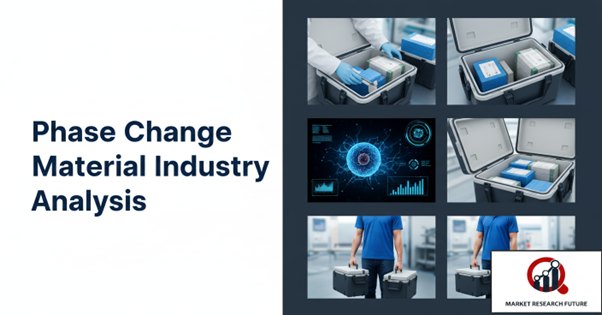How Does PCMS Enhances Medicine Delivery, Vaccination, and Medicinal Transport?

A Look at Phase Change Materials
Phase change materials (PCMs) are special kinds of matter that keep a stable temperature by absorbing and releasing thermal energy as they melt and freeze. When a PCM melts, it takes in heat from the air around it. When it hardens, it lets go of the heat it has stored. PCMs are important for applications where precise temperature control is very important, such as delivering medicine, storing vaccines, and transporting pharmaceuticals.
Improving the Delivery of Medicines and Vaccines
For medicines and vaccines to work, it's important to keep the right temperature. PCMs help keep medicines at safe temperatures while they are being shipped, which keeps them from going bad and keeps patients safe. Vaccines that are sensitive to temperature can be moved over long distances without losing their effectiveness. This makes immunization programs and public health efforts more effective.
Effect on the Transportation of Pharmaceuticals
PCMs are very important for cold chain logistics because they are a cheap and green way to move drugs that need to be kept at a certain temperature. Because they can absorb and release thermal energy, they don't need to be kept in a refrigerator all the time. This saves energy while still keeping things safe. This is especially useful for getting medicines to places that are hard to reach or don't have enough resources, where refrigeration may not be available.
Driving Demand in the Market
Industries are starting to use PCMs more and more because people are becoming more interested in materials that are good for the environment and use less energy. The WHO and FDA's global standards for safe transport and storage of medicines have also increased the need for PCMs in the pharmaceutical industry.
Opportunities and Problems
High production costs and changing prices for raw materials are still major problems for PCM adoption. However, digital innovations, better thermal solutions, and more people knowing about the safety of vaccines and medicines are making them more useful in healthcare and logistics.
In Conclusion
Phase change materials are changing how medicines, vaccines, and other temperature-sensitive drugs are stored and moved by making it possible to control the temperature more reliably. PCMs will play an even bigger role in global healthcare delivery as they continue to innovate. They will make sure that medical transport is safe, effective, and energy-efficient in 2025 and beyond.

Leave a Comment